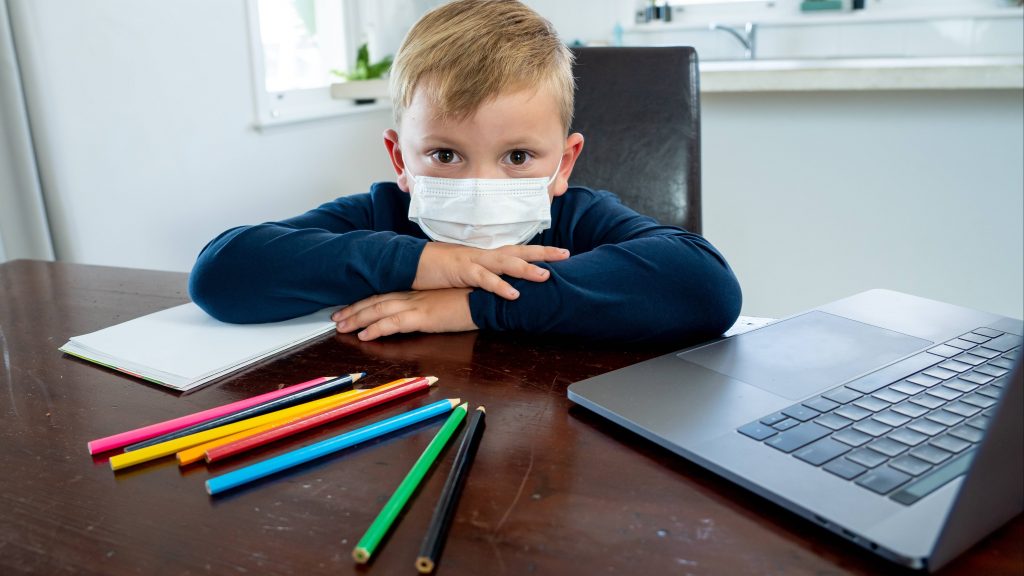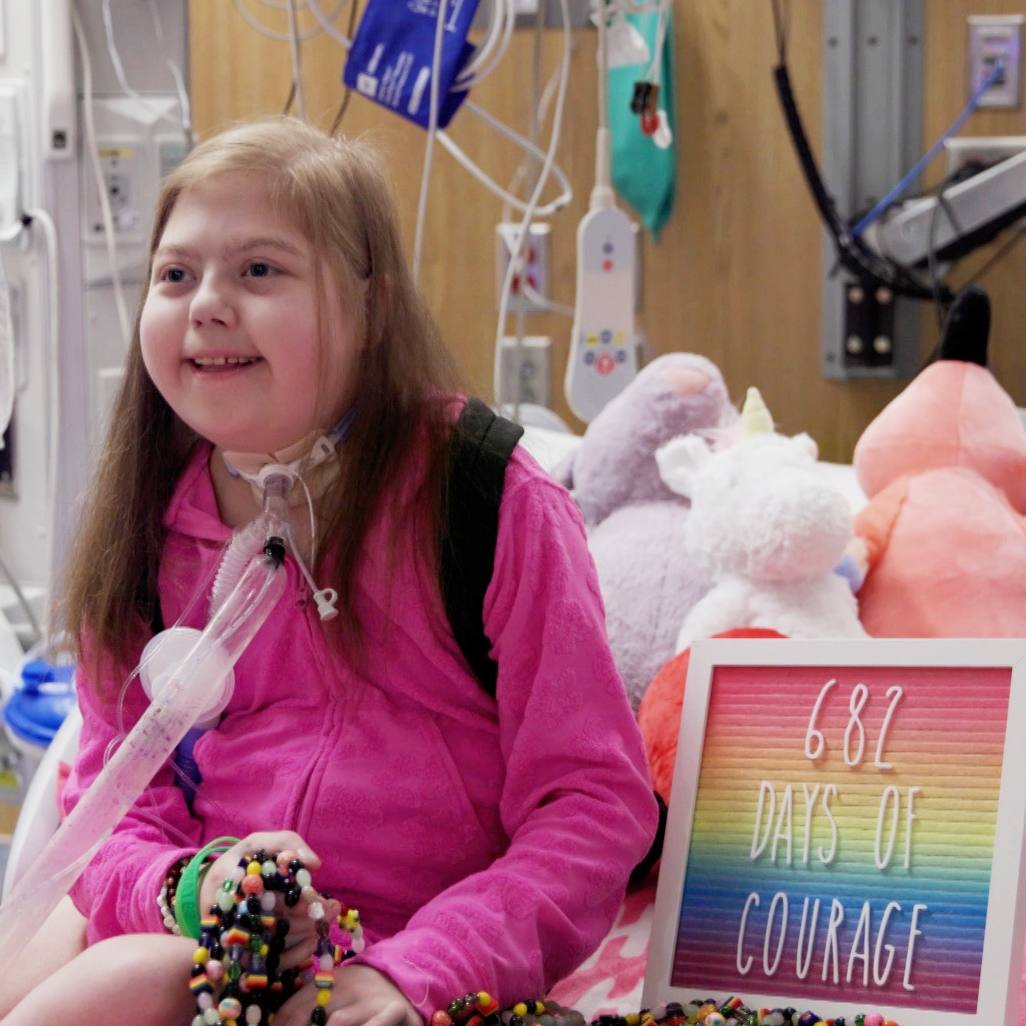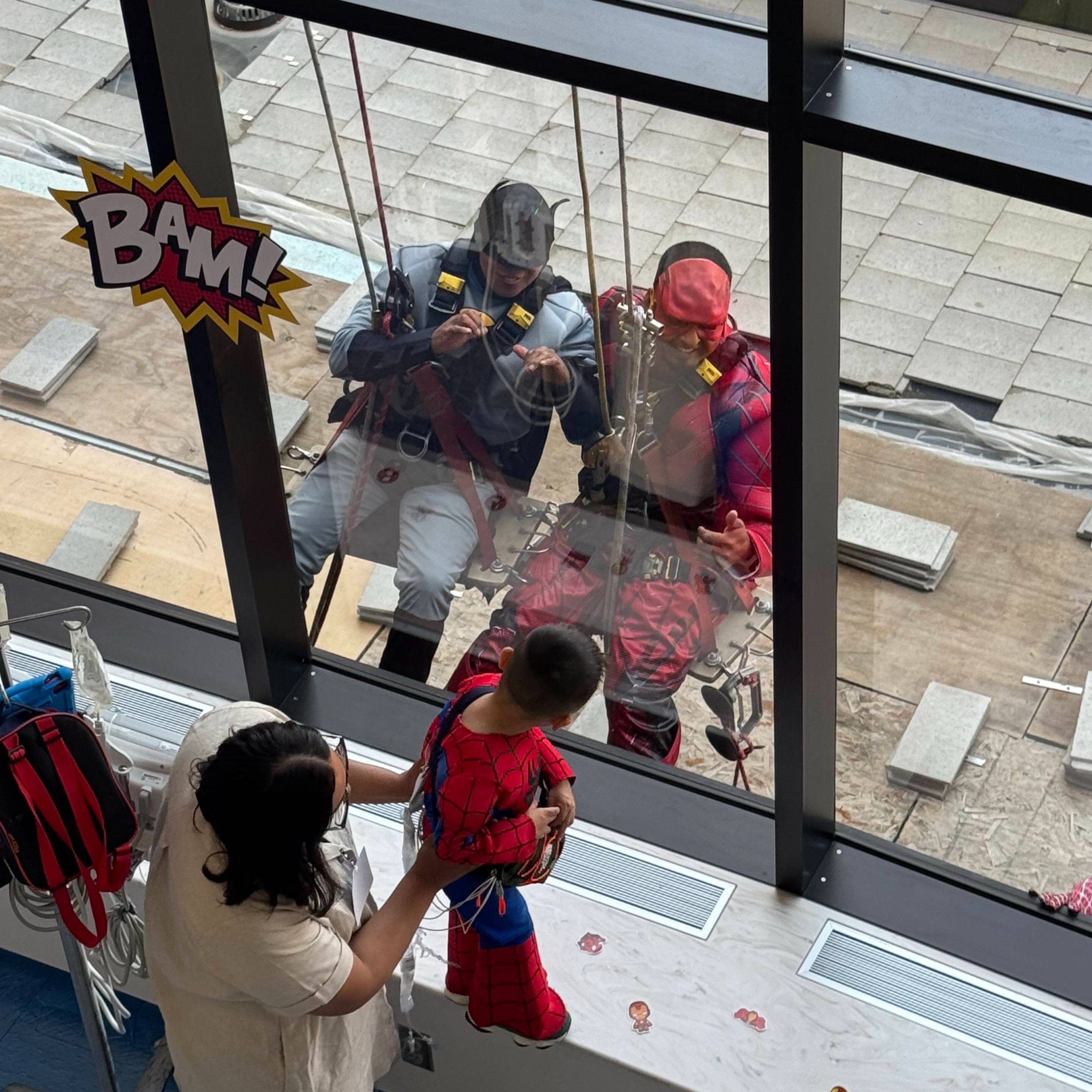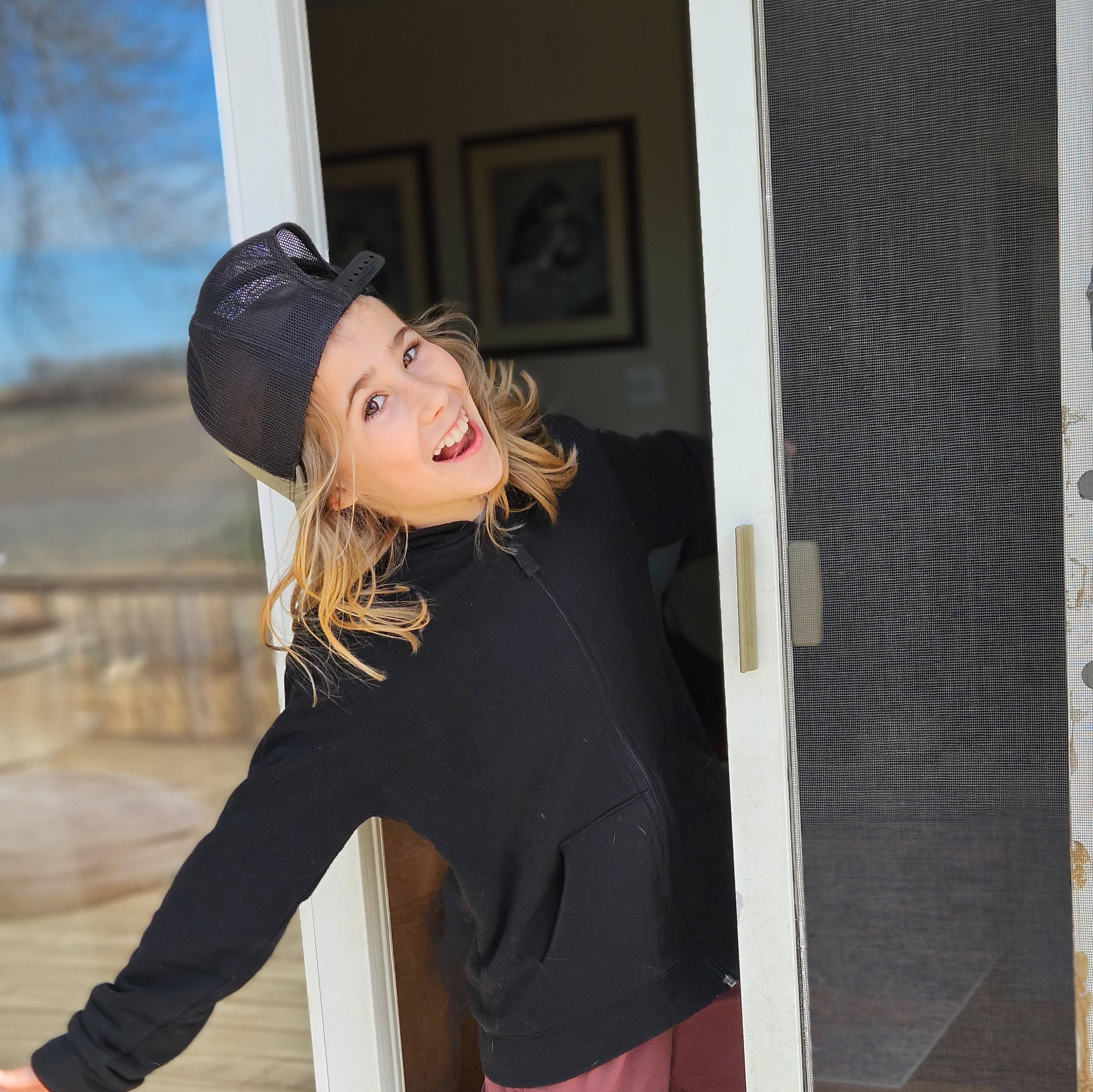
Social distancing is hard on kids. Understand how to help your child deal with loneliness during the COVID-19 pandemic.
___________________________________
Up until late 2019, most kids spent their days in constant interaction with friends, teachers, family and neighbors. And then the coronavirus disease 2019 (COVID-19) pandemic struck.
To prevent the spread of the COVID-19 virus, communities around the world have temporarily closed schools, child care centers, after-school programs, camps and playgrounds. Many families are staying at home or practicing social distancing, limiting kids' ability to spend time in person with friends and family. For children and adolescents, these changes are understandably causing feelings of loneliness.
The impact of loneliness on kids
Loneliness due to the pandemic is particularly tough on children. Compared with adults, kids tend to have a harder time communicating their feelings. And in this situation kids can't rely on familiar coping strategies, such as visiting with friends.
Social distancing measures also prevent kids from spending time with their peers during an important period of growth and social development. Friendships with other children can give kids crucial support, build a sense of belonging and help them to develop personal identities.
Loneliness in children and adolescents is also worrisome because it can have long-term effects. Research shows that loneliness in kids, especially over extended periods, is linked with mental health conditions such as depression and anxiety in the following years. Due to heightened stress and reduced access to health care, the COVID-19 pandemic also might worsen children's existing mental health conditions.
Helping kids cope with loneliness
As frustrating, boring and painful as social distancing is for kids, it's important to continue taking steps to prevent the spread of the COVID-19 virus. This means keeping space between your children and other people outside your household. To help your child deal with loneliness caused by social distancing:
Encourage spending time with friends
Your child needs to spend quality time with friends to feel connected and supported. And, in fact, your child likely has more free time to do so than usual. The safest way for your child to talk to or play with others during the COVID-19 pandemic is through video calls or phone calls. Older children might enjoy texting or playing online games with friends. This might require temporarily loosening your rules about your child's amount of daily screen time. Just be sure to continue ensuring quality screen time by previewing your child's games, using parental controls when needed and supervising your child's online activities. For connection without the use of screens, kids can mail each other letters or drawings.
Provide extra reassurance at home
Children need secure and reassuring relationships with their parents or other caregivers during stressful times. Helping younger children cope might involve a few more hugs and cuddles too. Be there for your child and regularly check on how he or she is doing. It can be helpful to agree on a regular time each day or week to do this. If possible, take advantage of this opportunity to spend more time together and come up with family activities that you all enjoy.
Stay in touch with family and friends
Set up calls or video chats to allow your child to spend time with extended family and other people important to him or her. You might ask a relative to read a story to your child over the phone or on a video chat. Or invite family members or friends to a video chat party.
Talk about feelings
Your child might be sad about missing an important social event, such as a birthday party. Acknowledge your child's loss, ask about his or her feelings, and validate them by showing that you understand. Allow your child to lead the discussion, rather than making assumptions about how he or she thinks and feels. You also might consider giving your child an age-appropriate book that deals with loneliness. This can give your child words to describe his or her feelings. Or have your child write down what it is that he or she misses about certain people, places or events. Also, explore different ways he or she might cope with these kinds of losses, such as having a different kind of birthday celebration or planning something for when social distancing is no longer needed.
Seek daily purpose
Spending time doing activities of value can give your child's day structure and purpose. This can help your child cope with the change in his or her routine. Your child might find meaning through reading, biking, creating music, making movies, baking, dressing up, drawing, writing, planting a garden or building something. Encourage your child's unique creativity. To motivate your child, consider organizing a talent show on a videoconferencing platform. Invite family or your child's friends. Older kids might enjoy researching a topic that they're passionate about and sharing what they've learned with friends.
Adopt a pet
Finally, if you have the time, space and budget, research suggests that having a pet might help protect children from feelings of loneliness and social isolation. Pets offer children comfort, a sense of responsibility and social support that can help them feel good about themselves. Children can also have affectionate and nonjudgmental relationships with pets.
Your child can't control the current need for social distancing. But your child can control how he or she chooses to deal with the circumstances. By encouraging your child to connect with others, share his or her feelings, and find daily purpose, you'll help him or her cope with loneliness due to the pandemic. Working through this challenge also might contribute to your child's personal growth and better prepare him or her to deal with future obstacles.
This article is written by Mayo Clinic Staff. Find more health and medical information on mayoclinic.org.
Information in this post was accurate at the time of its posting. Due to the fluid nature of the COVID-19 pandemic, scientific understanding, along with guidelines and recommendations, may have changed since the original publication date.
Check the Centers for Disease Control and Prevention website for additional updates on COVID-19. For more information and all your COVID-19 coverage, go to the Mayo Clinic News Network and mayoclinic.org.







